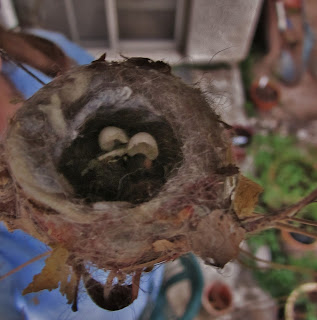Yeah, uh, if you're not into reading political opinion this blog entry may not be for you. I would recommend skipping to another entry.
In a previous post I made reference to a classic Joni Mitchell song, "Big Yellow Taxi." The song is such a classic and seems to define the way nature has been paved over this past century. It has got to be one of the top ten influential songs of the era. This song has influenced me personally in seeing the big picture, and the importance of having personal accounting for our own effect on this planet, hopefully counteracting negative actions with positive steps for the benefit of our natural environment.
It's been over forty years since the song came out and it seems we are still making the same mistakes as always, putting economic progress ahead of environmental conservation. I decided to write an alternate personal version hoping it will empowers me to live more with nature. I could only imagine how the world would change if we all (myself included) paved the way for nature to rebound and thrive as it has before we mettled with our bright ideas designed for self preservation. The best place to start to make a difference is in our own yard, and let it grow from there. Being an active nature enthusiast I have seen the positive effect of even seemingly insignificant improvements to the environment.
Unfortunately I do not have the way with words and lyrics that Joni Mitchell had, and the time it took to write this attests to that obvious fact. Thankfully Mrs. S helped iron out the more obvious errors, but I hope it is at least satisfactory to the reader and not too cheesy. Moreover, I hope it honors the tremendous influence Joni Mitchell has had on our environmental awareness. Thank you Joni for appreciating our natural world and calling us out to preserve it for future generations!
Saved Paradise
We saved paradise,
And created a birding spot
Using native plants and trees,
It’s now a migration hotspot!
Don’t you know, you’ve got to know
where others reap we’ve got to sow,
We can save paradise,
By creating a birding spot




